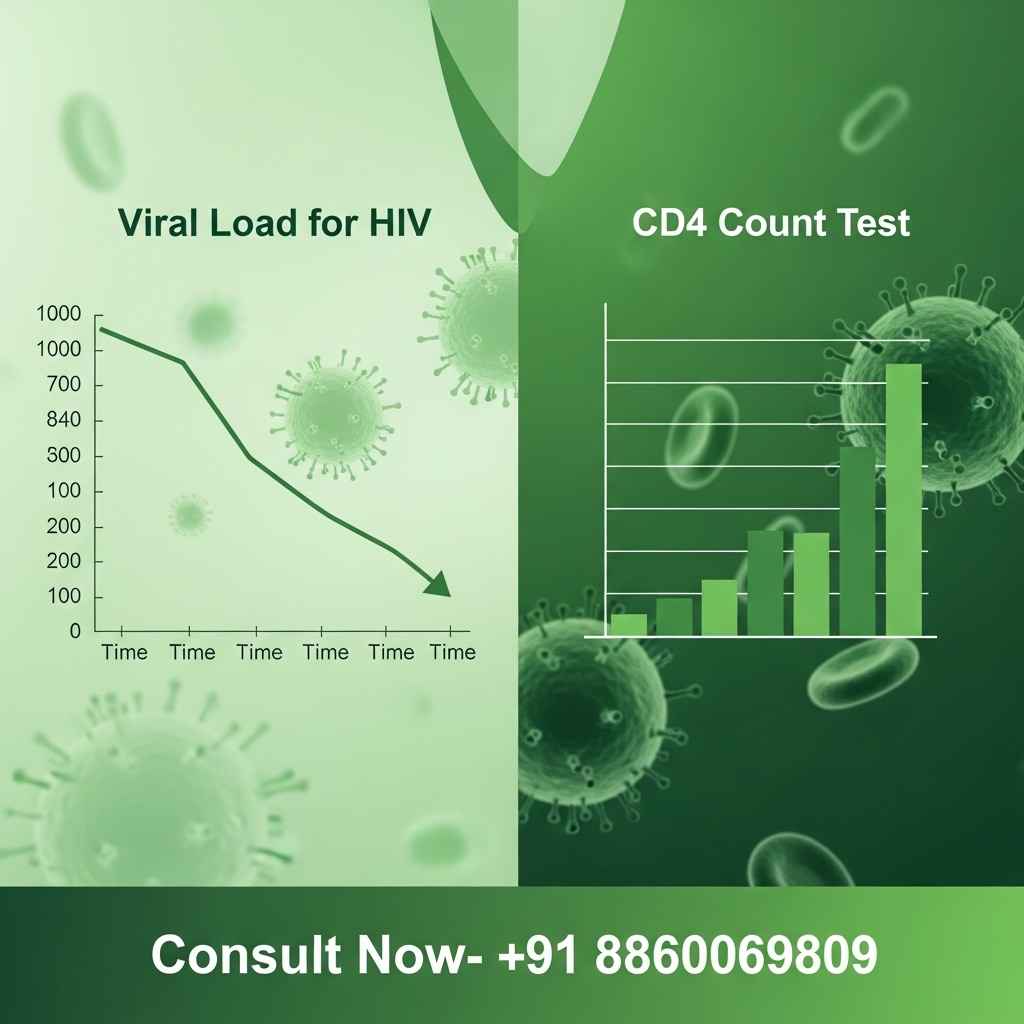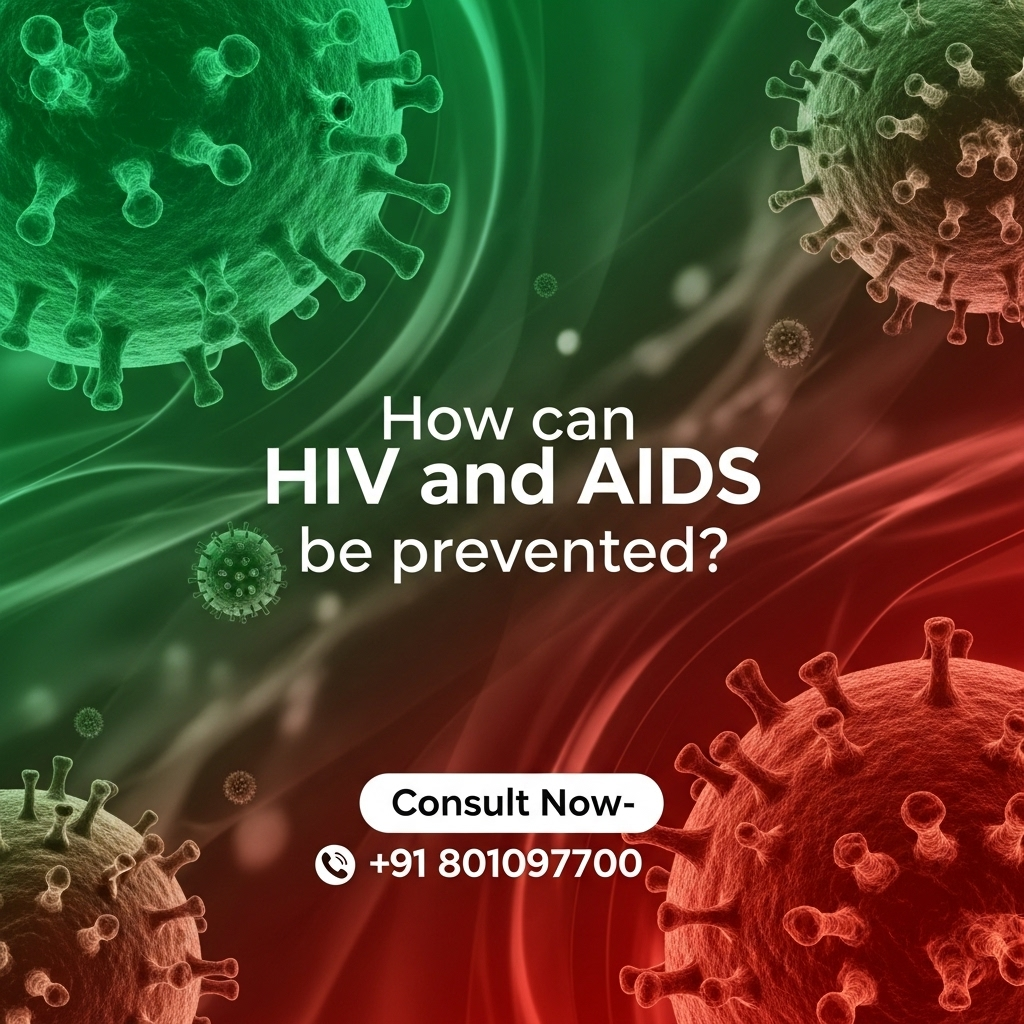Acquired Immunodeficiency Syndrome, commonly known as AIDS, is a serious disease that affects millions of people worldwide. It stems from an infection with the Human Immunodeficiency Virus (HIV), which attacks the body’s immune system, weakening its ability to fight infections and diseases. In this article, we will explore the causes, symptoms, and treatment options for AIDS to provide a comprehensive understanding of this condition. If you are looking for HIV treatment in Delhi, expert help is available.
AIDS is the most advanced stage of HIV infection. When someone diagnosed with AIDS, it means their immune system has been severely damaged by the virus. They become more susceptible to opportunistic infections and certain types of cancer the body would normally defend against.
How Does HIV Lead to AIDS?
HIV is a virus that specifically targets the immune system. Over time, it destroys CD4 cells, which are a type of white blood cell crucial for immune defense. The gradual loss of these cells weakens the immune system, and when the CD4 count drops below a certain level, or when specific opportunistic infections occur, a person is diagnosed with AIDS.
Causes of AIDS
The primary cause of AIDS is infection with the HIV virus. Understanding how HIV is transmitted is crucial for prevention and management.
Transmission of HIV
HIV is spread through contact with certain body fluids from an infected person. These fluids include:
- Blood
- Semen
- Vaginal and rectal fluids
- Breast milk
It is important to note that HIV is not spread through casual contact, such as hugging, shaking hands, or sharing dishes.
Common Modes of Transmission
- Unprotected sexual intercourse: The most common way HIV is transmitted is through unprotected sex with an infected partner.
- Sharing needles: Individuals who share needles for drug use are at a high risk of contracting HIV.
- Mother-to child transmission: HIV can be passed from a mother to her child during pregnancy, childbirth, or breastfeeding.
- Blood and organ transfusions and transplants: Although rare in countries with rigorous screening processes, HIV can be transmitted through contaminated blood products or organs.
Symptoms of AIDS
The symptoms of AIDS vary depending on the stage of infection and the presence of any opportunistic infections or diseases.
Early Symptoms of HIV Infection
Shortly after HIV infection, some people experience flu-like symptoms, including:
- Fever
- Chills
- Rash
- Night sweats
- Muscle aches
- Sore throat
- Fatigue
- Swollen lymph nodes
These early symptoms are often mistaken for other viral infections and typically resolve on their own. However, even if symptoms disappear, the virus continues to multiply and damage the immune system.
Symptoms of AIDS
As the disease progresses to AIDS, the immune system is severely compromised. Symptoms can become more severe and include:
- Rapid weight loss
- Recurring fever or profuse night sweats
- Extreme and unexplained fatigue
- Prolonged swelling of the lymph glands
- Diarrhea that lasts for more than a week
- Sores of the mouth, anus, or genitals
- Pneumonia
- Red, brown, pink, or purplish blotches on or under the skin or inside the mouth, nose, or eyelids
- Memory loss, depression, and other neurologic disorders
These symptoms are often related to opportunistic infections or cancers that occur due to the weakened immune system.

Treatment of AIDS
While there is currently no cure for AIDS, it can be managed with proper treatment. The goal of treatment is to control the virus, improve the quality of life, and prevent the progression of the disease.
Antiretroviral Therapy (ART)
The primary treatment for HIV/AIDS is antiretroviral therapy (ART). ART involves taking a combination of HIV medicines every day. These medications work by:
- Reducing the viral load in the blood
- Boosting the immune system
- Preventing the spread of HIV to others
Taken consistently and correctly, ART can extend the lives of people living with HIV, keep them healthy, and reduce the risk of transmission.
Managing Opportunistic Infections
Because AIDS weakens the immune system, people with the condition are more susceptible to infections. Managing these infections is a crucial part of AIDS treatment. This may involve:
- Prophylactic medications: These are preventive medicines to avoid certain infections.
- Regular health check-ups: Monitoring health to catch any infections early.
- Lifestyle adjustments: Maintaining a healthy diet, regular exercise, and avoiding exposure to infections.
Prevention of HIV/AIDS
Preventing HIV is key to stopping the progression to AIDS. Some preventive measures include:
- Practicing safe sex by using condoms consistently and correctly.
- Avoiding sharing needles or other injection equipment.
- Getting tested and knowing your partner’s HIV status.
- Taking pre-exposure prophylaxis (PrEP) if you are at high risk of HIV.
- If you are HIV-positive, taking ART as prescribed to maintain a low viral load.
Conclusion
Understanding AIDS and its relationship with HIV is crucial for prevention, early detection, and treatment. While living with HIV/AIDS can be challenging, advancements in medical treatment have made it possible for individuals to lead full, healthy lives. By spreading awareness and encouraging preventive measures, we can work towards reducing the impact of this disease on individuals and communities worldwide.
Remember, early detection and consistent treatment are key factors in managing HIV/AIDS effectively. If you suppose to suspect that you have been exposed to the virus, seek medical advice promptly. At Dr. Monga Medi Clinic, we provide fully private and confidential consultations, conveniently located near you. Our dedicated doctors offer fast and discreet HIV consultations with experienced Infectious Disease Specialists. We offer treatment, counseling, and support. Call now. 8010977000
Services: HIV Prevention, PEP (Post-Exposure Prophylaxis), HIV Management, and more.












Leave a Reply